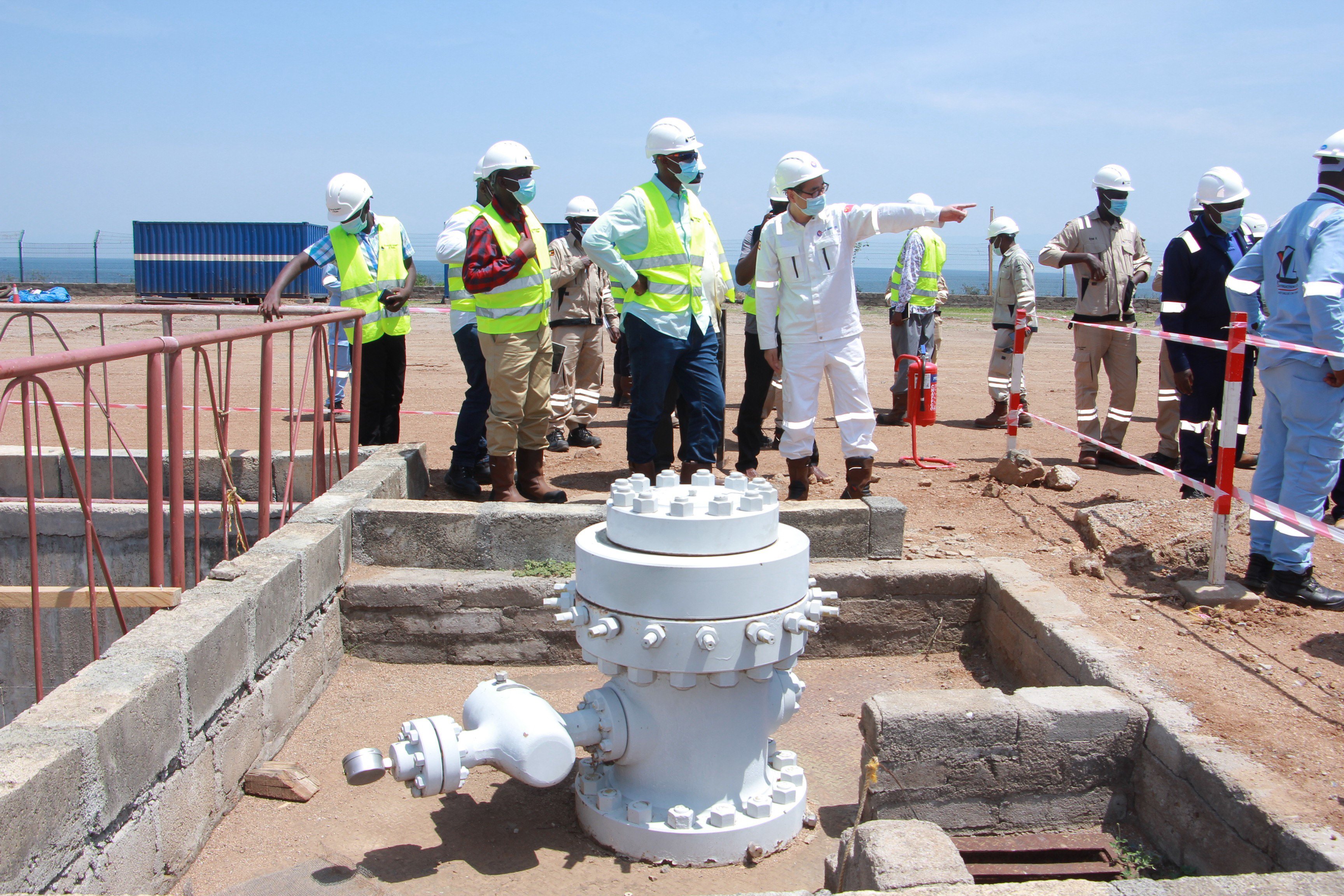Prime
Govt earns Shs7.5b from licensing new oil blocks

Government announced the second licensing round in May 2019 in Mombasa, Kenya. Photo / File
What you need to know:
- Oil explorations companies are required to pay exploration fees inform of signature bonuses, research and training fees per year, and annual acreage rental fees for the exploration areas.
Ministry of Energy generated $2m (Shs7.5b) from the second licensing round of new oil blocks to Uganda National Oil Company (UNOC) and DGR Energy Turaco Uganda SMC.
The two companies are required to pay exploration fees inform of signature bonuses, research and training fees per year, and annual acreage rental fees for the exploration areas.
The fees, which range from $10,000 (Shs37.2m) to $ 200,000 (Shs745m), are paid annually to the Petroleum Fund, which is controlled by the Ministry of Finance and acts as a depository for all revenues accruing to government from petroleum related activities, with accounts at Bank of Uganda and the Federal Reserve Bank, New York in US.
UNOC is undertaking exploration of the Kasurubani Contract Area stretching more than 1,285 kilometres across the districts of Masindi, Hoima and Buliisa, while DGR Global will explore the Turaco oil block, a stretch of 635 kilometres, and Kanywataba Exploration Area at the southern tip of Lake Albert in Ntoroko District.
Energy Minister Ruth Nankabirwa reported the earnings at the signing of production sharing agreements between government and DGR Energy, which also received an exploration license for Turaco Contract Area.
Mr Pru Fogarty, the executive general manager of Armour Energy, a subsidiary of DGR Energy, said plans are underway to source a drilling rig for its exploration activities, latest next year.
Energy Ministry permanent secretary Irene Batebe, said the second licensing round seeks to attract additional investment in the oil and gas sector.
“We want to expand the country’s resource base, which stands currently at 6.5 billion barrels, with 1.4 billion barrels recoverable,” she said, noting that numerous investors had expressed interest to invest in the sector.
The production sharing agreement between government and DGR Energy has key elements including a petroleum exploration license with an acreage of 635 kilometres of four years exploration period split into two exploration periods of two years each and a minimum work programme to reprocess existing 2D and 3D seismic data, geological, geochemical and geophysical studies and one firm well.
It also has an advisory committee, which consists of representatives from government and the licensee, payment of royalty based on the gross total daily production in barrels, cost recovery limit for both oil and gas set at 65 percent each and production sharing based on the recovery-factor, which depends on the profitability of the project, among others.
Five biddable blocks
The second licensing round was announced in May 2019 in Mombasa, Kenya during the ninth East African Petroleum Conference and Exhibition. Ms Nankabirwa said Covid-19 had affected the bidding and negotiation leading to a protracted implementation process of almost three and half years.
The round comprised of five biddable blocks of Avivi covering the districts of Obongi, Adjumani, Amuru and part of Arua and with an aerial coverage of 1,026 kilometres covering the districts of Nebbi, Nwoya and Buliisa.
Other blocks included: Kasuruban covering the districts of Buliisa, Hoima and Masindi, with an aerial coverage of 1,285 kilometres, Turaco, covering the districts of Ntoroko, with an aerial coverage of 635 kilometres and Ngaji, covering Kanungu, Rukungiri and Rubirizi with an aerial coverage of 1,230 kilometres.




